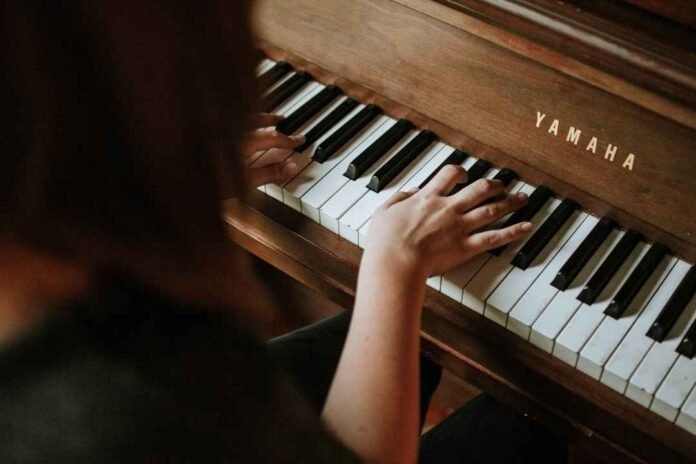Avid learners and hobbies often find themselves in a juggling act, trying to balance the rigors of education with the joy of their favorite activities. Keep reading for strategies that can help you master the art of this delicate balance.
Tips for Staying Motivated and Avoiding Burnout
Maintaining motivation over an entire academic term or while pursuing a difficult hobby can be challenging. To stay driven, students should remind themselves of the reasons behind their efforts—the dreams and the larger picture. Whether that’s a career aspiration or a personal passion, a clear vision helps push through the rough patches. Celebrating small victories is also important; completing an assignment or improving a skill within a hobby is worth acknowledging and can build a positive feedback loop.
Variety can also rejuvenate one’s motivational levels. Instead of monotonously sticking to one study method or hobby routine, incorporating different techniques or aspects can keep the excitement alive. For instance, group study sessions or entering a sweepstakes casino tournament can add a fresh twist to regular activities. Casino games are a fun way to avoid burnout and increase personal enjoyment. More importantly, new players get welcome bonuses to play more casino-style games such as slots, table games, and more.
However, motivation alone isn’t enough if one is headed toward burnout—the state of physical and emotional exhaustion from prolonged stress. To avoid this, students need to practice self-care, ensuring they’re getting enough sleep, exercise, and nutrition. Also, seeking support from friends, family, or professionals when feeling overwhelmed can prevent burnout before it takes hold.
Creating a Schedule That Incorporates Schoolwork and Hobbies
A carefully crafted schedule is like a map, guiding students through their week with clarity and purpose. The first step to creating such a schedule is to list all necessary academic duties—from lectures and study sessions to assignments and exams—and assign them to specific slots in the week. This ensures that educational responsibilities do not fall by the wayside amidst other activities.
However, it is not enough to simply block out time for schoolwork; hobbies and interests must also find their place in a student’s schedule. By designating times for recreation—whether that may be sports, arts, gaming, or other pursuits—students can look forward to these intermissions in their academic routine. This anticipation for leisure time can, paradoxically, increase productivity during study periods.
Amidst strategizing time allocation, it’s pivotal to recognize when hobbies can complement academic pursuits. For instance, a student pursuing a Bachelor’s degree in Medical Lab Science might integrate biology-related documentaries or books into their leisure reading, weaving together education and interest.
Harnessing the Power of Goal Setting and Prioritization
Goal setting is a potent motivator, giving students a series of stepping stones to their aspirations. Short-term goals, such as completing a project or achieving a certain grade, help maintain focus and provide a sense of accomplishment upon completion. On the contrary, long-term goals, such as graduating with honors or mastering a musical instrument, offer a vision that inspires perseverance over the years.
To effectively set goals, one must be specific, measurable, and realistic. A vague goal is challenging to action, whereas a precise objective can be broken down into actionable steps. For instance, resolving to study for three specific hours each weekday is more enforceable than simply intending to “study more.” Each goal should have an associated timeline, creating a sense of urgency and importance.
Leveraging Technology to Seamlessly Integrate Learning and Leisure Activities
In an age dominated by technology, students have at their disposal. An array of tools to make the integration of learning and leisure less cumbersome. Digital calendars and scheduling apps can send reminders for both homework deadlines and hobby-related events. Ensuring nothing gets overlooked. Educational apps and online resources can also transform a subway ride. A waiting room stint into an impromptu study session, effectively utilizing otherwise wasted time.
Furthermore, online platforms offer a wealth of knowledge that can be tapped into at leisure. From virtual museum tours to language learning games, technology has blurred the lines between education and entertainment. Hobbies like graphic design, coding, or playing a musical instrument can be self-taught to a significant degree using online tutorials and communities, making the pursuit of passions more accessible than ever.
Overall, the balancing act between academic pursuits and hobbies is an art form. Once mastered, it can contribute greatly to a student’s well-being and success. By employing effective time management, creating a flexible schedule, and setting and prioritizing goals. Staying motivated, and leveraging technology, students can ensure. They not only excel in their studies but also in enjoying their life outside of school.

